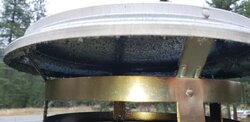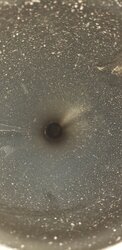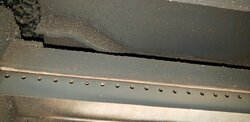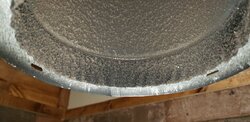All of it is pretty new to me. I have about 36-48 hours of burn time in my new Pacific energy. Probably 4 or 5 fires total.
I went up on my roof- easy. And took a look at my cap and down the stove pipe. I wouldnt say any of the build up is tar like. Its almost identical to ash. Extremely powdery if you touch it. But has a dark color. Is this normal? Is this considered creosote? Especially this soon?
I then went to my stove. You can see more of it in there. Should I remove my lower pipe connected to the stove and inspect there too?
I went up on my roof- easy. And took a look at my cap and down the stove pipe. I wouldnt say any of the build up is tar like. Its almost identical to ash. Extremely powdery if you touch it. But has a dark color. Is this normal? Is this considered creosote? Especially this soon?
I then went to my stove. You can see more of it in there. Should I remove my lower pipe connected to the stove and inspect there too?





